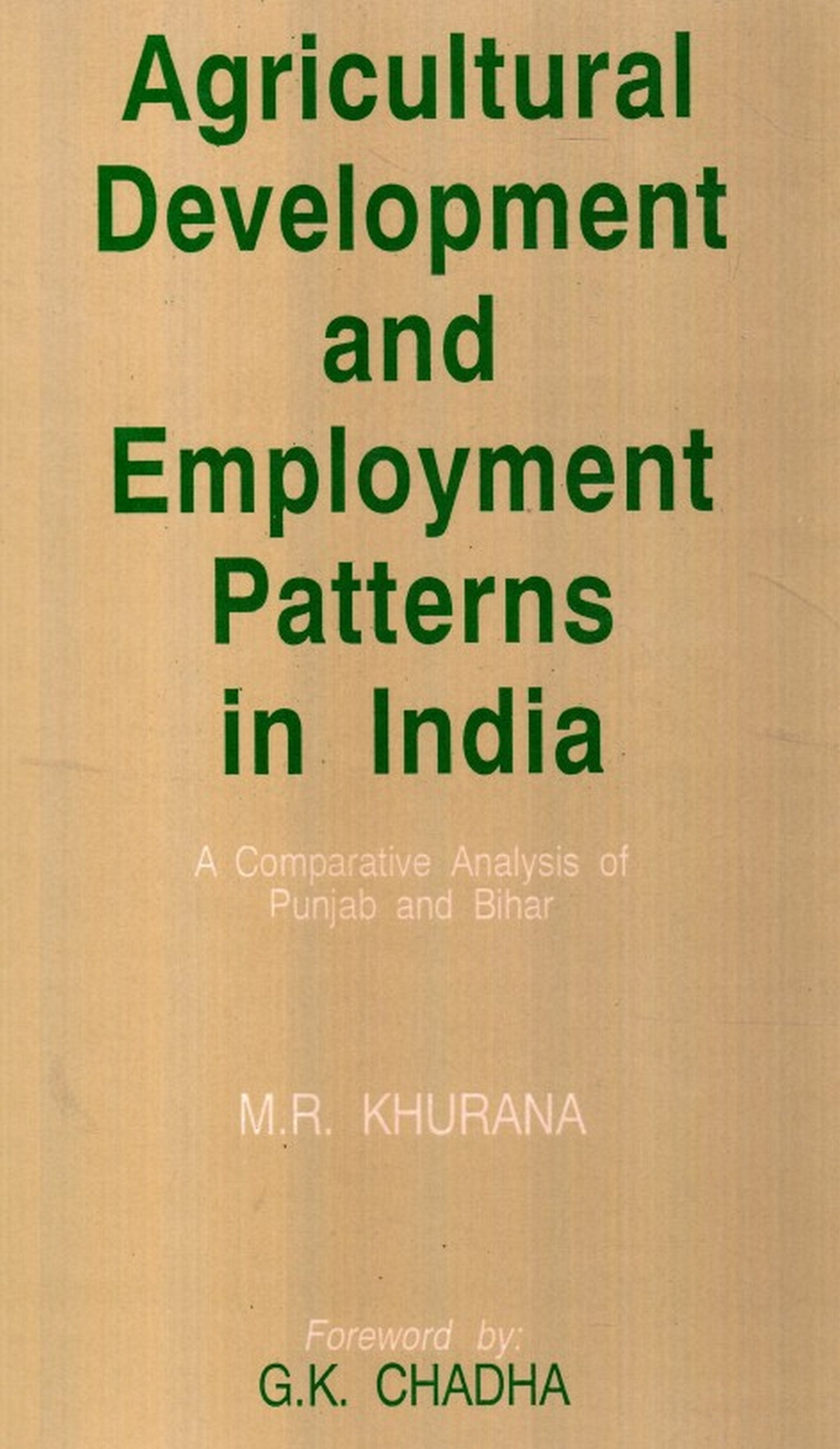The industrial structures in Europe and the United States have changed decisively since the end of the last millennium. The increasing globalization and liberalization of markets have led firms to expand or at least to consolidate their positions in the market by the acquisition of other firms. This mainly concerns horizontal mergers among competitors in the same industry such as the " mega-mergers" between Daimler and Chrysler or between Hochst and Rh6ne-Poulenc. In the theoretical literature this issue has been risen and analyzed quite early, with the result that an important research stream within industrial economics deals with the impact of horizontal mergers on the industrial structure, the competition between firms and consumer welfare. Given that many mergers hold synergies in the field of R&D, this research is especially focused on the analysis of the effects of mergers on innovation efforts of firms and the whole industry. This is where this book starts: While most analyses focus on the cooperation of firms in the frame of process innovation, Claus van der Velden concentrates in his work on product innovation. In a micro economic model of a patent contest he examines the effects of mergers on the innovation process and the profits of the merging firm and its competitors.












